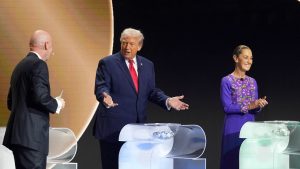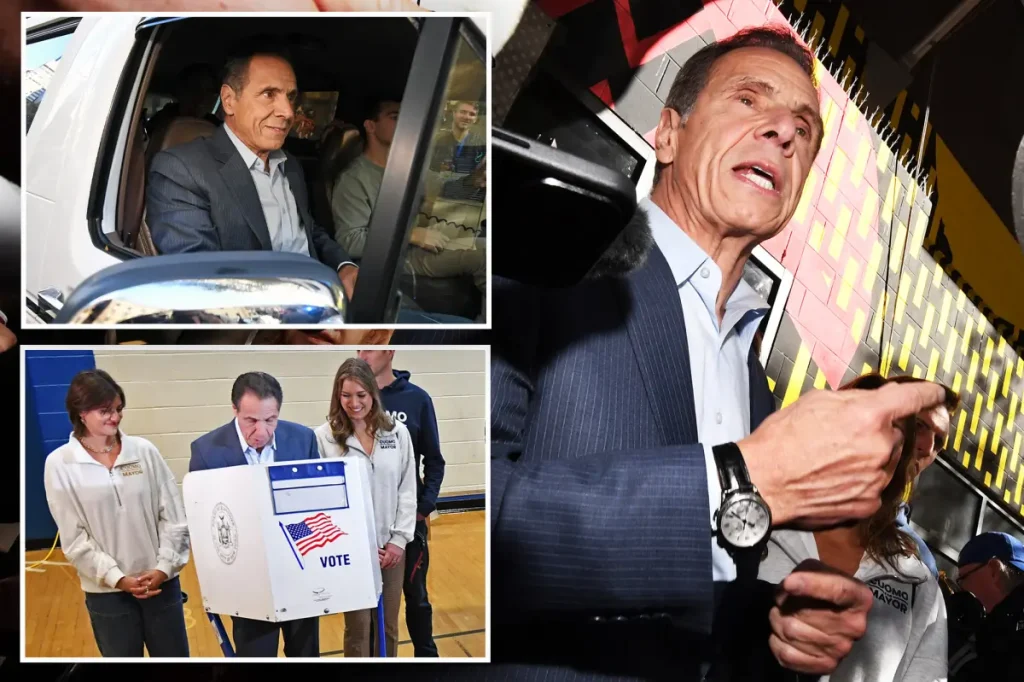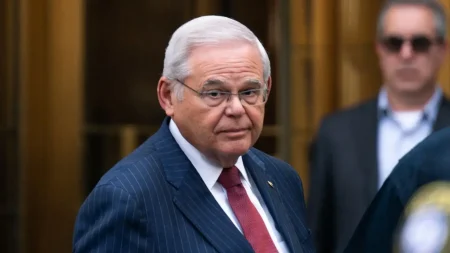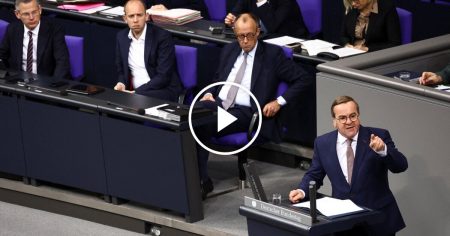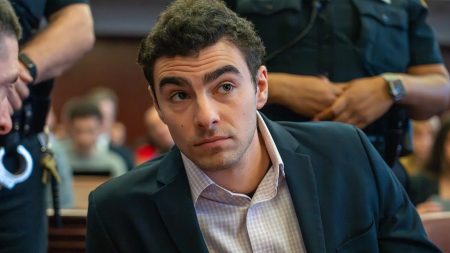Cuomo Makes Final Appeal in High-Stakes NYC Mayoral Race
As New Yorkers headed to the polls on Tuesday, independent mayoral candidate Andrew Cuomo framed the contest as the “most important election” of his lifetime. The former governor, who lost the Democratic primary to Zohran Mamdani in June but continued his campaign without major party backing, presented the race as a pivotal moment that would determine not only New York City’s future but potentially reshape the Democratic Party itself. Standing outside the High School of Art and Design in Manhattan where he cast his ballot, Cuomo directly challenged Mamdani’s democratic socialist platform, calling it “frightening stuff” while positioning himself as offering “the exact opposite.” His urgent appeal to voters came with added complexity following a surprise last-minute endorsement from former President Donald Trump—a development Cuomo carefully navigated by insisting Trump wasn’t supporting him but rather opposing Mamdani. When pressed by reporters about Trump’s endorsement, Cuomo characterized the former president as “pragmatic” in recognizing that Republican candidate Curtis Sliwa had no realistic path to victory and would effectively function as a spoiler benefiting Mamdani.
The mayoral race has created unusual political alignments, with Cuomo—a lifelong Democrat—running as an independent with a tacit nod from Trump, his former political adversary. This strange bedfellows scenario reflects the high stakes both candidates perceive in the contest. Trump’s endorsement on TruthSocial stated he would “rather see a Democrat, who has had a Record of Success, WIN, than a Communist with no experience and a Record of COMPLETE AND TOTAL FAILURE.” Cuomo, standing beside his white Ford Bronco after voting, carefully parsed the endorsement while agreeing with Trump’s assessment of the race dynamics: “There is no chance for Sliwa to win, and in effect, a vote for Sliwa is a vote for Mamdani and I agree with him there.” The exchange highlighted the political calculations at play, with Cuomo attempting to benefit from Trump’s support among certain voter segments without explicitly embracing the divisive former president or alienating his traditional Democratic base.
Voter interviews revealed a city electorate frustrated by their options yet deeply concerned about the direction of their city. Howard, an 82-year-old Republican from the Upper East Side, expressed his dissatisfaction bluntly: “All these people are unqualified; they shouldn’t have even been allowed to apply.” Despite this harsh assessment, he and his wife Sylvia, an independent, both cast their ballots for Cuomo, citing his experience as the deciding factor. Sylvia specifically mentioned concerns about Mamdani’s “eccentric views” and perceived inconsistency, noting that “he started out earlier and now he’s changed, he’s different.” Their reluctant support for Cuomo, “even though he’s backed by Trump,” reflected the complicated choices many voters faced in the booth—weighing experience against ideology, personality against policy positions, and trying to determine which candidate posed the least risk to the city’s future.
The election has highlighted deep divisions within Democratic ranks about the party’s direction and values. Mark Galinovsky, a 34-year-old law student from Astoria, told reporters he voted for Cuomo partly due to concerns that Mamdani wouldn’t adequately address antisemitism or deliver on his policy promises. However, Galinovsky acknowledged the broader challenge facing Democrats: “I do think the Democratic party is going to have to find out a way to cooperate and listen to everyone’s voice.” This sentiment captures the struggle within the party between its traditional centrist wing, represented by Cuomo, and its more progressive elements aligned with Mamdani. The race has become a microcosm of the ideological battle playing out nationally within Democratic politics, with New York City serving as a proving ground for which vision might prevail. The outcome could influence how Democrats position themselves in future elections across the country, particularly in urban centers.
Meanwhile, Mamdani has positioned himself as a fresh alternative to the establishment politics Cuomo represents. Peter Charles, a 46-year-old real estate broker supporting Mamdani, described the candidate as a “departure from business as usual.” Charles expressed measured expectations about what any mayor could accomplish on affordability issues: “I don’t believe you can make the city affordable just as a mayor but you can prevent it from being less affordable.” This pragmatic assessment, coupled with “a bit of skepticism at the 34-year-old’s ability to fix everything on his own,” reflects the tension many progressive voters feel—eager for bold new approaches yet realistic about the structural limitations facing city government. Mamdani’s youth and relative inexperience compared to Cuomo represent both his greatest selling point to voters seeking change and his biggest vulnerability among those valuing proven executive experience.
As polls closed across the city, the mayoral contest remained more than just a choice between individuals—it represented competing visions for New York’s recovery and future direction. Cuomo’s campaign emphasized stability, experience, and moderation, warning against what he characterized as radical policies that could undermine public safety and economic growth. Mamdani countered with promises of transformative change, affordability initiatives, and a more equitable approach to governance that would prioritize working-class New Yorkers. The election has forced voters to weigh these contrasting approaches against the backdrop of post-pandemic challenges, economic pressures, and cultural divisions. Whether New Yorkers ultimately chose Cuomo’s experienced hand or Mamdani’s progressive vision, the consensus among voters seemed to be that—as Mark Galinovsky put it with restrained optimism—”the best case scenario from this election is that the city won’t get any worse.”
